The commander of the Russian Su-35 squadron said Ukrainian pilots avoided confrontation with Moscow's fighter jets, due to concerns about the superior capabilities of the enemy fighters.
Ivan, the commander of a Russian Su-35S squadron fighting in Ukraine, said on December 12 that in some encounters, Ukrainian fighters did not attack Russian aircraft but tried to retreat.
"When witnessing the maneuvers of the Russian fighter jets, the enemy pilots refused to carry out combat missions, turned around and retreated to base. They actively avoided us," Ivan said in a video released by the Russian Ministry of Defense.
Commander Ivan gives an interview in a video posted on December 12. Video: Russian Defense Ministry
The Russian Air Force began operating the Su-35S in 2013, currently operating 103 aircraft and ordering 29 more. The Su-35S is one of the most modern main fighters of the Russian military today, second only to the Su-57 stealth fighter.
Ukrainian Air Force Commander Mykola Oleshchuk admitted in August that the fighters in Ukrainian service have significantly inferior capabilities to the Su-35S, making them unable to return fire on the enemy in combat.
"The radar on the Su-35S has a range of 400 km, while our aircraft can only observe about 80-90 km. Their missile range is up to 200 km, while the Ukrainian MiG-29 and Su-27 can only intercept targets at a distance of 20-40 km. That means the Ukrainian fighter is always within the range of the Su-35S as soon as it takes off," he said.
A report last November by the Royal United Services Institute (RUSI) said Russian fighter jets maintained “high effectiveness and lethality” when confronting Ukrainian aircraft near the front line, especially Su-35S fighters equipped with R-77-1 air-to-air missiles.
According to Ashish Dangwal, editor of Eurasian Times , Ukrainian fighter jets often operate at very low altitudes to avoid missiles from Russian fighters. "When targeted, Ukrainian pilots will immediately abort the mission to survive," Dangwal said.
Ukrainian officials believe that Western fighter jets, including the F-16s that Ukraine is about to receive, can effectively deal with the Su-35S. However, squadron leader Ivan asserted that the F-16s will not "fear" Russian pilots.
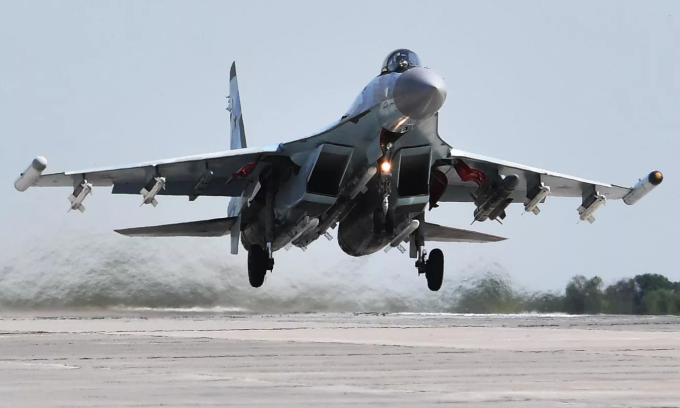
Su-35 fighter jets in action in Ukraine in June 2022. Photo: RIA Novosti
Russian Defense Minister Sergei Shoigu said last month that the Russian military would need just 20 days to take out all the F-16 fighters that the West had promised to deliver to Kiev. Russian military expert Anatoly Matviychuk said earlier this month that all Russian fighter jets could counter the F-16, both in terms of speed and weapons.
"The Russian Su-57 fighter can confront not only the F-16, but also the F-22 and F-35," he added.
According to Western media, Ukrainian pilots are "racing against time" to complete F-16 fighter training, as several countries prepare to transfer the aircraft to Kiev.
Denmark has committed to providing F-16 fighters to Ukraine, with the first batch of six delivered this year, eight in 2024 and five in 2025. Belgian officials said in October that their country would deliver F-16s to Ukraine, but did not specify the number and said the speed would depend on Brussels' process of replacing the aircraft with the F-35 stealth fighter.
Some US officials said that F-16 fighters would be "less useful" for Ukraine in the current counter-offensive campaign, due to the challenge from the air defense systems that Russia has deployed. NATO Secretary General Jens Stoltenberg also said on November 29 that F-16 aircraft are not a "silver bullet" and will not help Ukraine change the situation of the war.
Pham Giang (According to RIA Novosti, Eurasian Times )
Source link


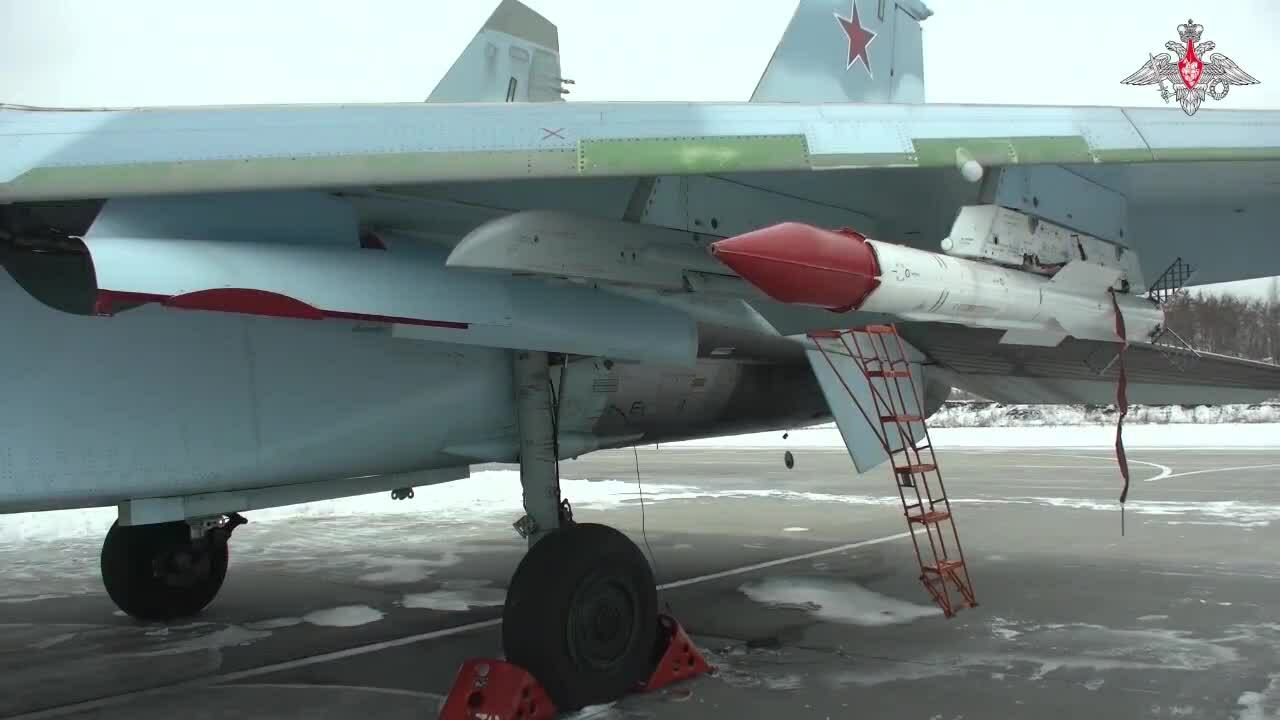


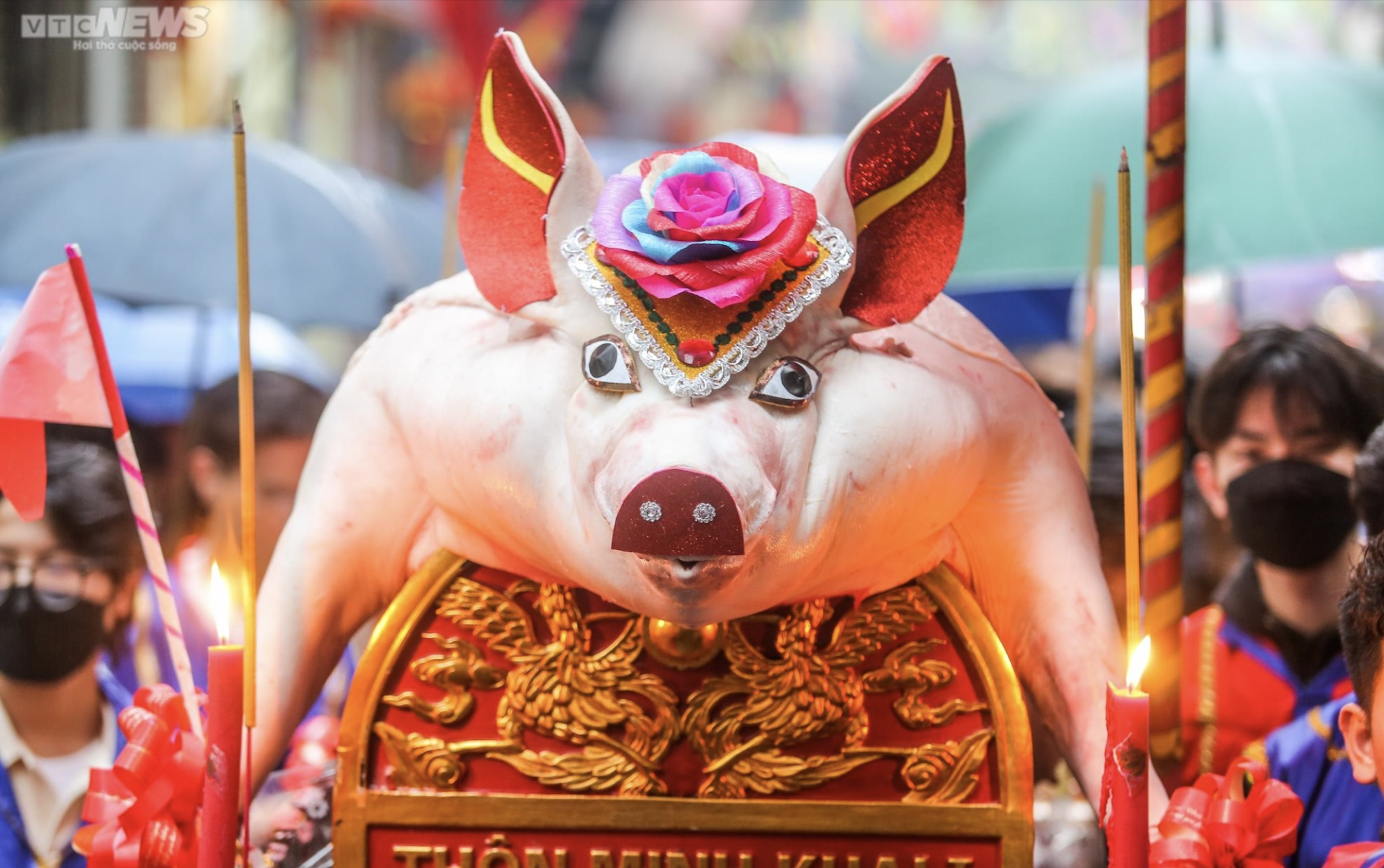

























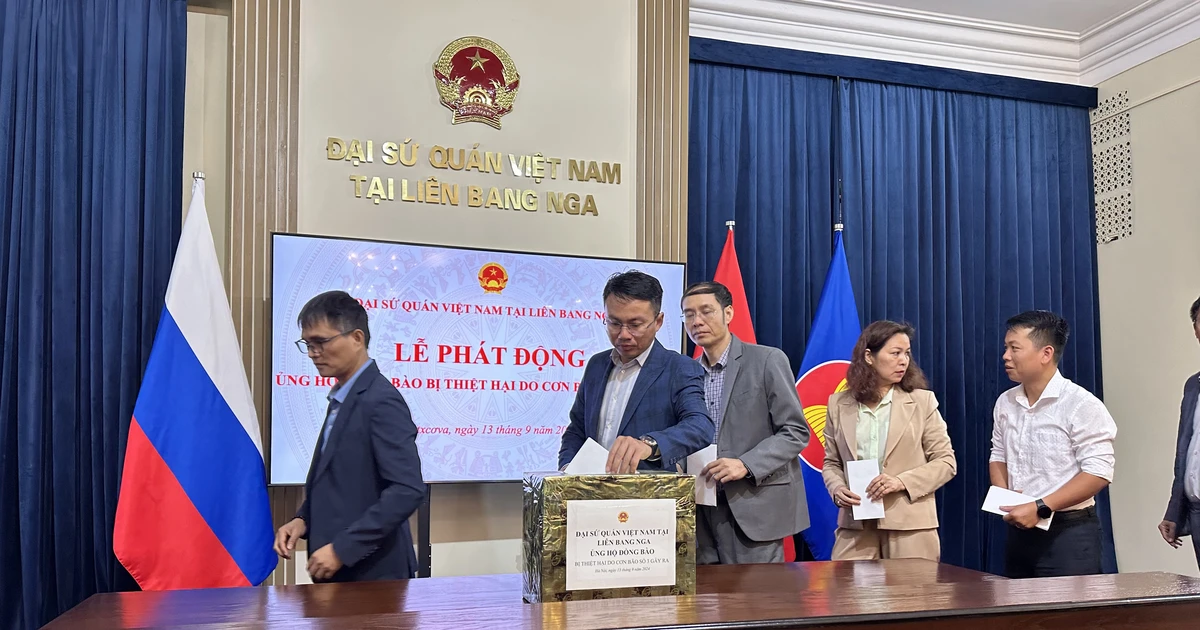



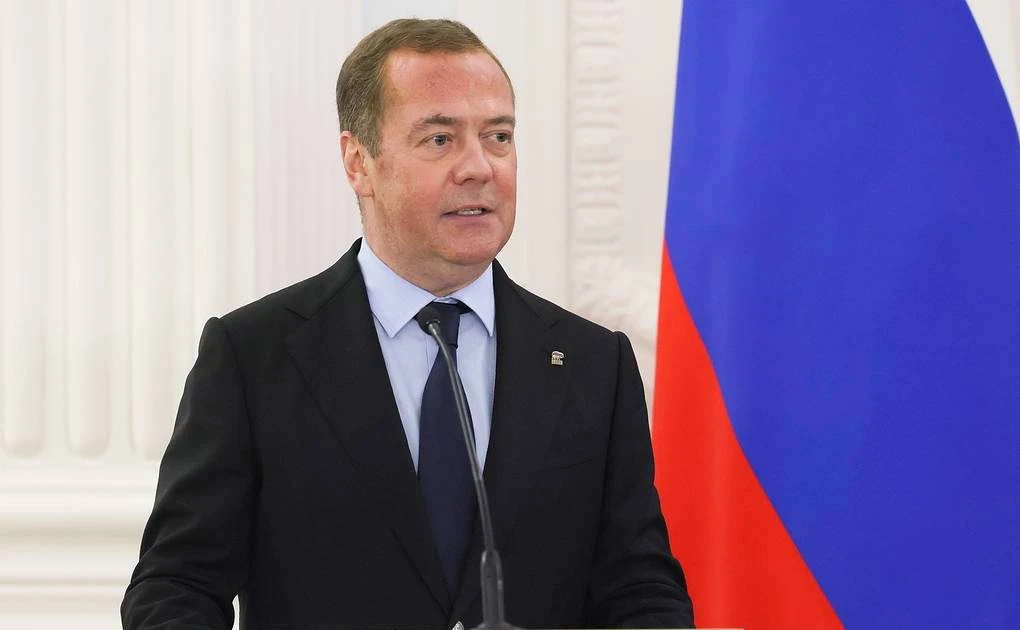


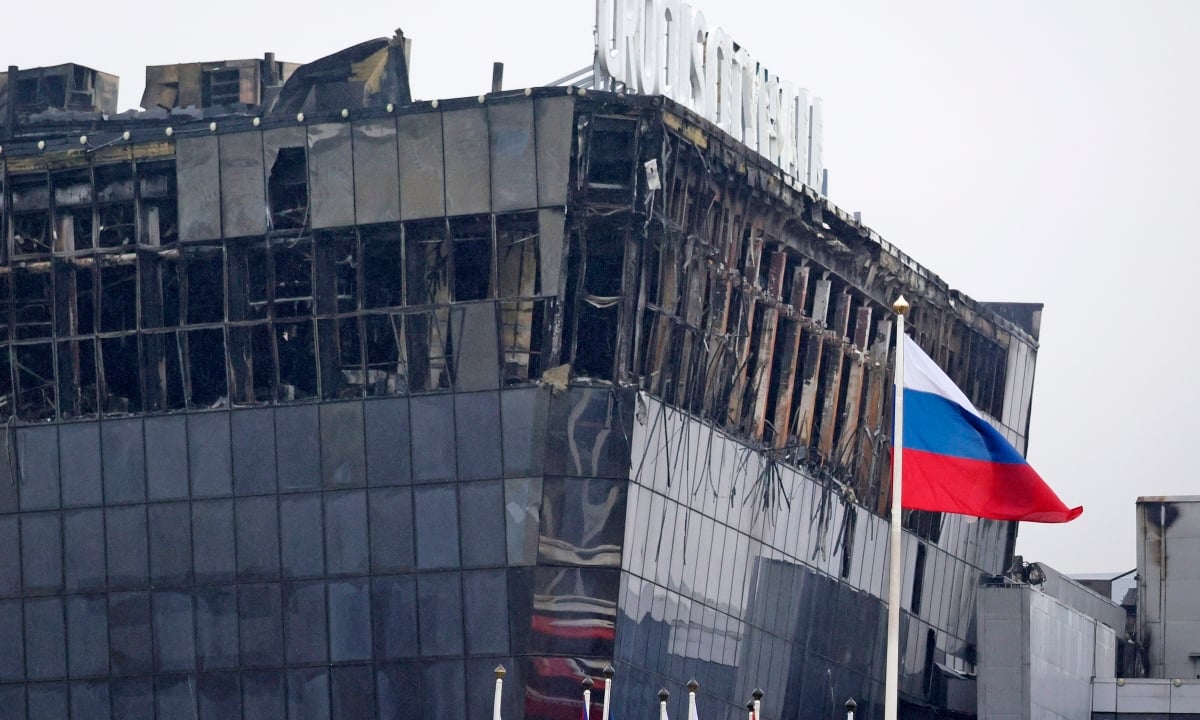


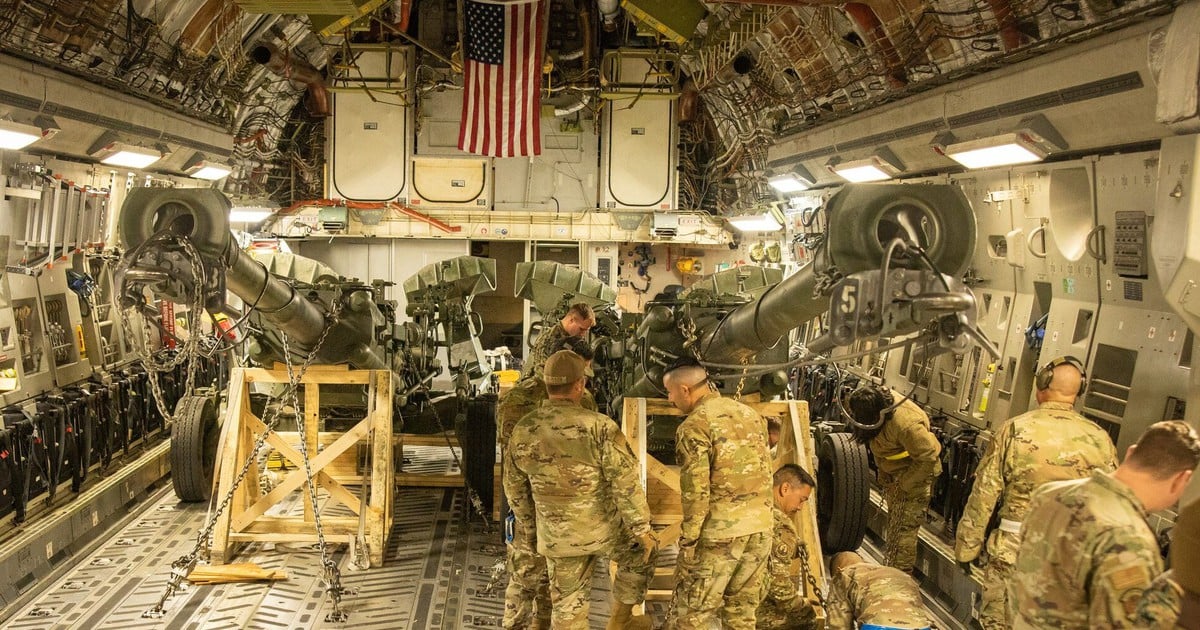
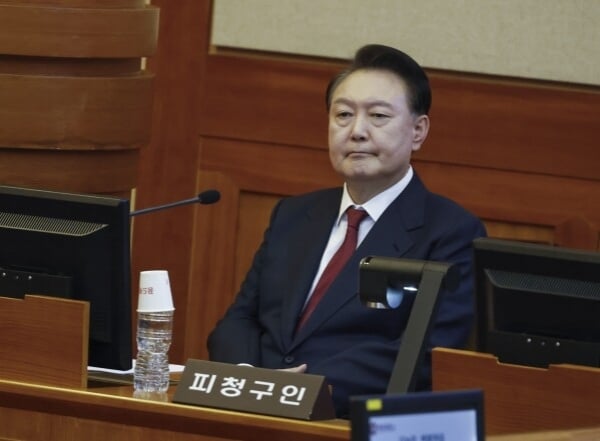

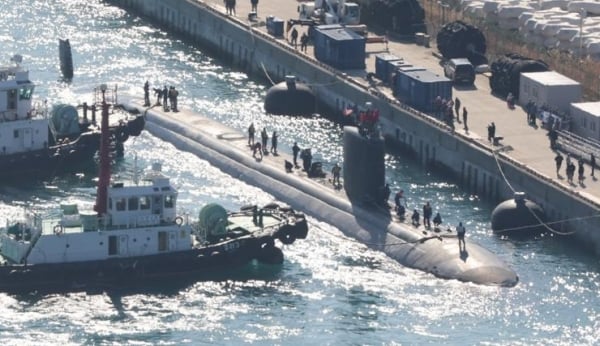















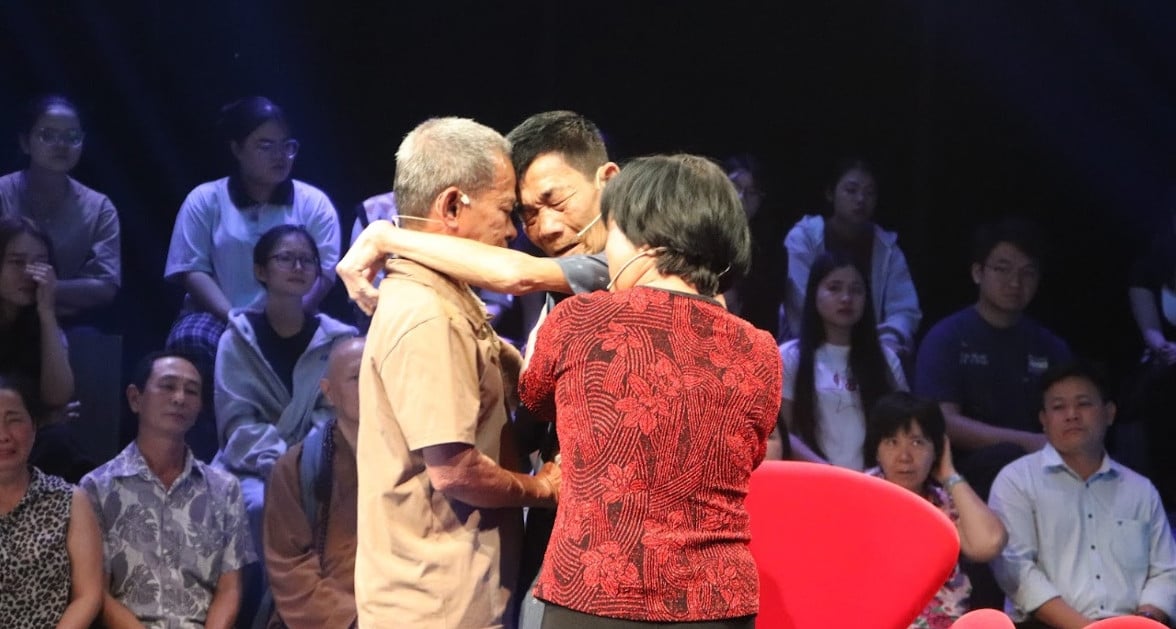





Comment (0)